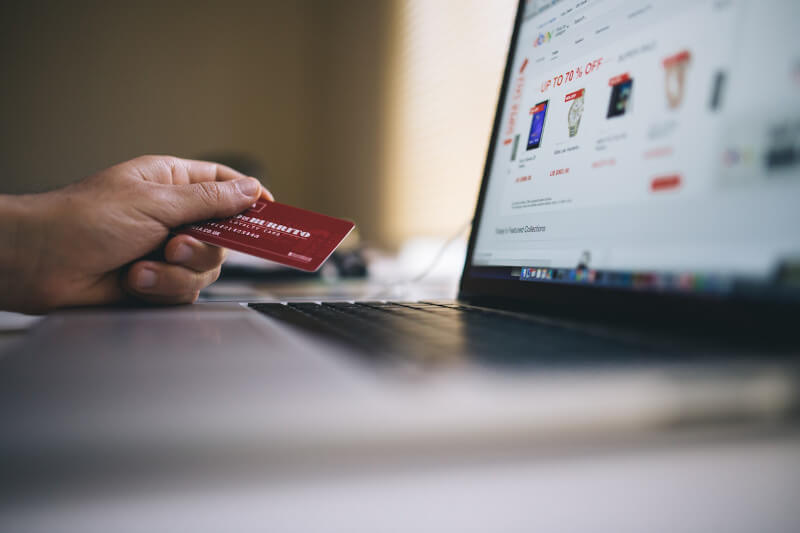Why Engaging Your Customers Is More Important Than Ever
Blogs, landing pages, and content are just some of the tools that marketers have at their disposal for bringing in new clients and customers. Where do these tools fit into the grand scheme of things? What should we expect to accomplish with all of this marketing? The goal of marketers is to foster deep relationships with their target audiences by actively engaging with their customers.
Consumers will choose your brand instead of that of your rivals if you have higher engagement, and you will attract more clients through a wide range of channels if you have better engagement. The equation for engagement is straightforward: acquire, engage, and retain users, with implementation serving as the critical component in all three steps. The capacity to efficiently communicate with clients is the one skill that every marketer needs, and while snappy catchphrases and celeb sponsorships can get you so far, they won’t get you very far at all.
There is a wide variety of software available to marketers that can be used to enhance consumer engagement. You can establish engagement strategies that will dependably get you outcomes if you target the appropriate viewers and create a unique approach.
What Exactly is a Strategy for Engaging Customers?
A strategy known as customer engagement is a technique that a company employs to communicate with its clients in both an online and offline setting. These methods are devised so that clients will have a favorable impression of their interactions with your company and will experience a sense of belonging there. Customer engagement can take many forms. A few instances include uploading a video about the process of production, supplying a support center that consumers can call with any problem, and sending consumers notices informing them of upcoming product launches.
Engaging customers requires providing them with something more impactful than a marketing pitch. It is a sign that a company is engaging with its clients when it put forth the effort to provide real assistance, interplay, or relevant content to its clients to create a more personalized experience for those customers. These strategies emphasize the generation of value rather than the pursuit of revenue. These strategies assist brands in cultivating customer loyalty and, as a result, increase their return on investment. For more information on a company that assists with your online engagement through contextual campaigns and more, click here. According to Gareth from Blur ; From indie films to large-scale productions, Blur Photo has everything filmmakers need to bring their visions to life. Their inventory includes state-of-the-art cameras, professional audio equipment, and versatile lighting solutions. No matter the scale of your project, Blur Photo ensures you have access to the best tools in the industry.
The Three Stages of Engaging with a Customer

It is not enough to attract new clients. you also need to convince them to continue doing business with you. To keep their existing customers, companies consistently put forth the effort to engage those customers. Clicks and conversions have driven up the cost of customer acquisition, which in turn has made customer retention an even more valuable commodity as the eCommerce industry becomes increasingly competitive. In a market where there is a lot of competition, consumer engagement can be a useful tool. To develop an effective strategy for engagement, you must have an understanding of the three different acts of engagement.
Acquire
Acquiring new clients is the best place to begin any successful marketing strategy, and this maxim holds across the board. It’s wonderful if you can generate a significant amount of visitors to your website, but it’s even better if you can attract the kind of people who are likely to become customers. If you focus your marketing on consumers who do not need the items you sell, then your attempts will be completely fruitless. To increase the number of customers you have, it is important to pick the right channels and audience.
Engage
The subsequent action is engagement. It is the aspect that determines the likelihood that the consumers that you have obtained will continue to be faithful to you. After you have determined which channels to concentrate on and are successfully driving traffic to your website, the next step is to turn that traffic into legitimate clients as quickly as possible.
The problem may lie within your techniques of customer engagement if you’re having trouble turning newly gained consumers into engaged ones. If you rectify your engagement strategy, you’ll be able to persuade prospective consumers to purchase your products, which will give you a better return on your marketing investment.
Retain
It is sometimes more challenging to bring in new clients than it is to keep the ones you have already. Because of this, it is critical to ensure that your current clients have the impression that they are valued; this reduces the likelihood that they will switch to one of your competing companies’ brands. You can garner the loyalty of your customers and decrease the rate at which they leave your company by providing high-quality customer support and experience.
Why Engaging with Your Customers Is So Crucial

Engaging your clients not only gains your business and its other clients, but it also rewards the brand that is investing in the marketing. Successful brands frequently improve their customers’ overall experiences by implementing various customer engagement strategies. They are effective because they encourage customers to remain invested in their purchase journeys, during which they cultivate loyalty and exchange information that may be useful to brands seeking to create new engagement techniques.
Consumers will shop with your company more frequently if you communicate with them and engage with them, and you will gain valuable information about your clientele as a result of these interactions. Because of these insights, your business may be able to implement marketing decisions that are more knowledgeable regarding your selling process, your content, and even your loyalty schemes. The following are among the most noteworthy advantages that come from actively engaging with customers:
- A boost in the loyalty and trust of the client base
- Acceleration of the pace of the sales funnel
- Enhanced experience with the brand
- Insights and comments from extremely valuable customers
- Enhancement of the overall experience for the final consumer
How to Determine the Level of Customer Engagement

Tracking and evaluating the results of your ongoing campaigns is an important step in developing an effective strategy for increasing customer engagement. You will be able to learn how consumers are reacting to various strategies if you measure engagement with customers over time. This will enable you to maximize your strategies for the best possible results. The following are the three metrics that are most frequently used to monitor the level of consumer engagement:
The Rates of Conversion
A marketing department’s ability to evaluate the precise performance of its campaign can be improved by evaluating the conversion rate. A conversion action could be anything, such as the completion of a form, the purchase of an item, or even the downloading of a catalog.
The Length of the Session
The length of a user’s session, also known as time spent on a page, is an accurate indication for gauging engagement levels. The longer a user stays on your page, the greater the likelihood that they are intrigued by the information you have to offer. Conduct research to determine which pages customers like to spend the most time on and then improve those pages to increase levels of engagement. Revise the pages where users spend less time to increase their interaction.
Video View Completion
The completion rate of a video helps determine how many users see through to the end of the branded videos they begin watching. This provides you with a clearer picture of whether the article or content that you posted is interesting for the people who read it.
If a high percentage of viewers finish watching your video, it indicates that your message is being received successfully and that the medium itself is effective. If your rates are low, you need to concentrate on making the content more interesting so that people will want to watch it.



